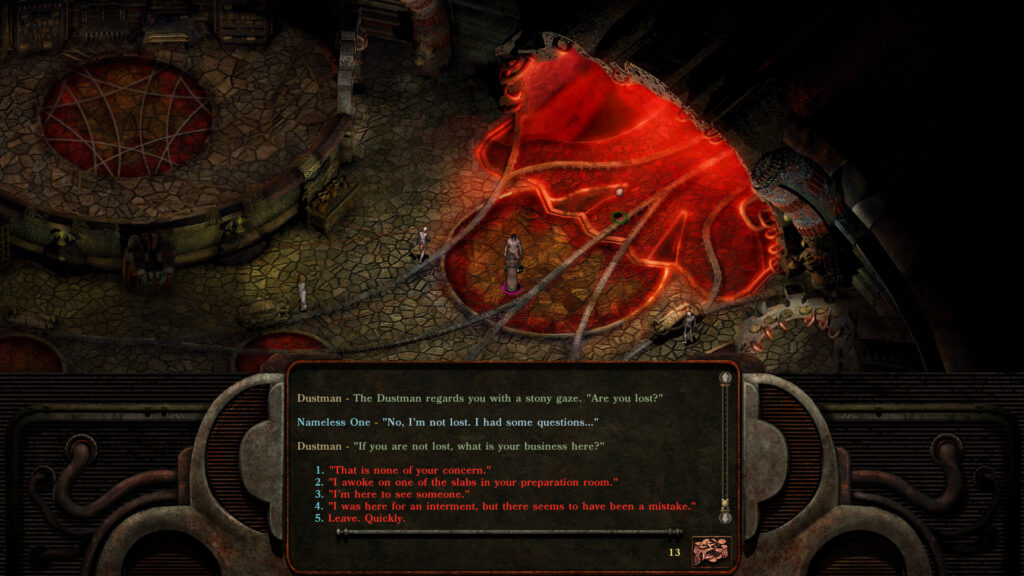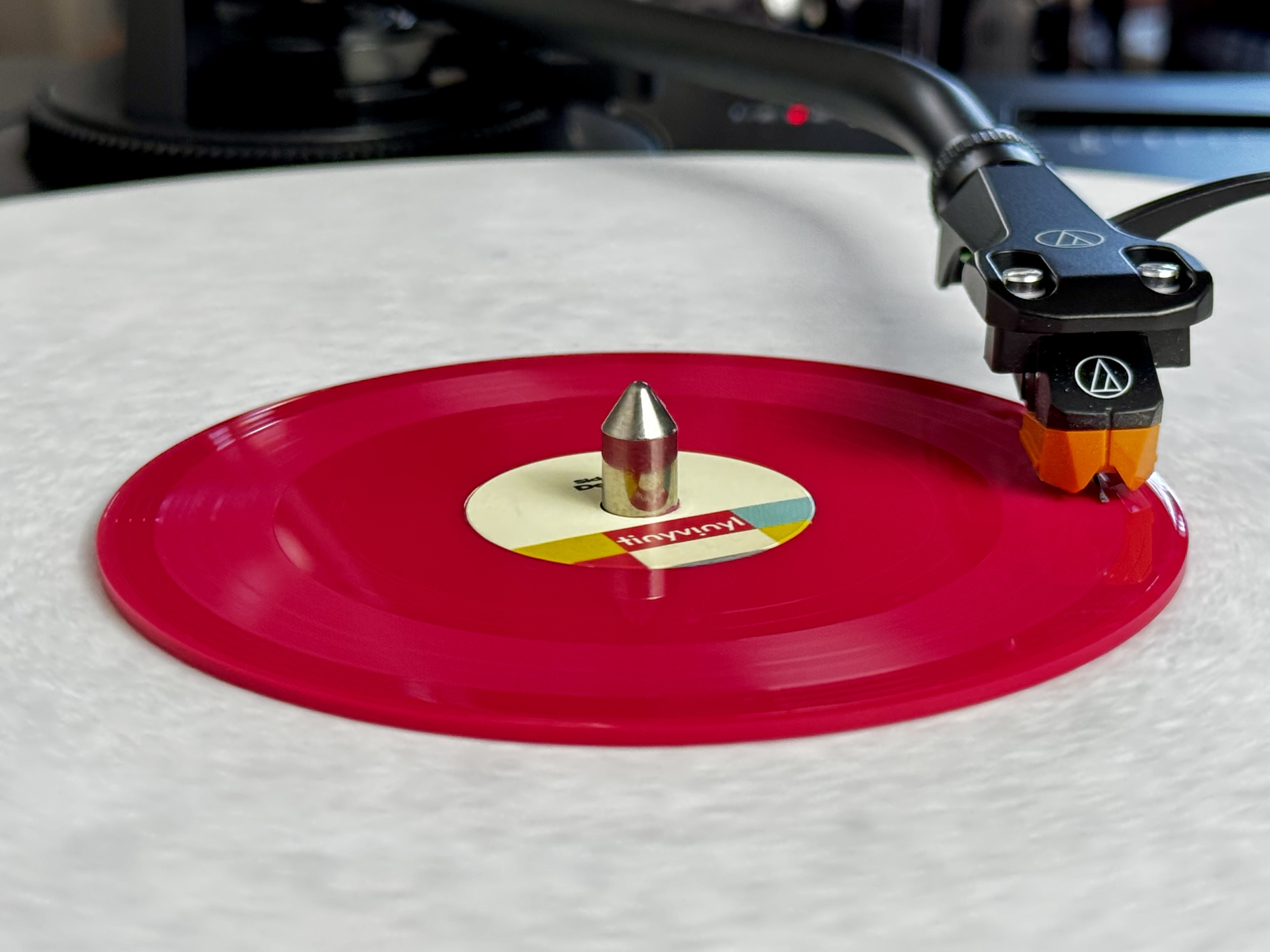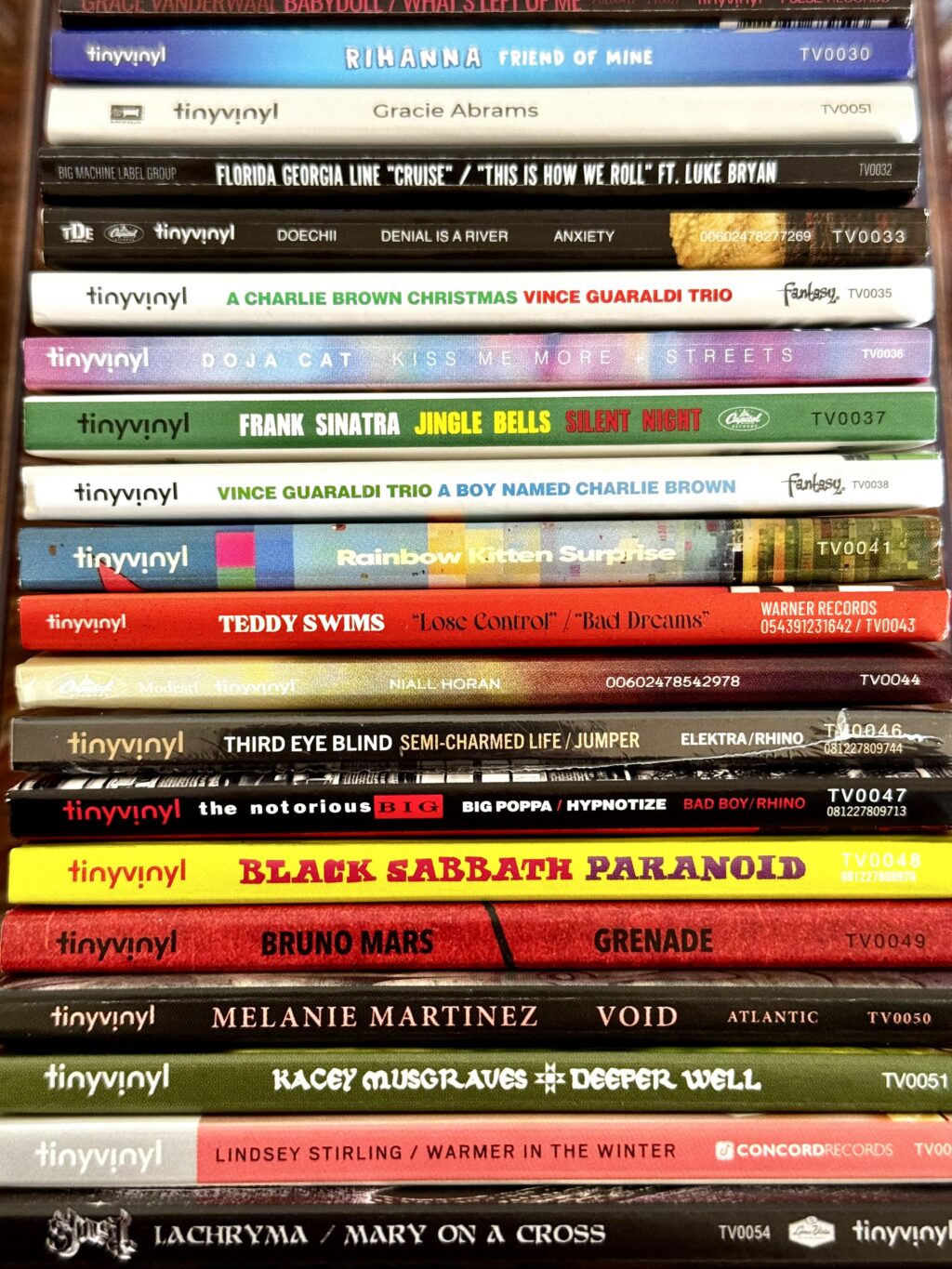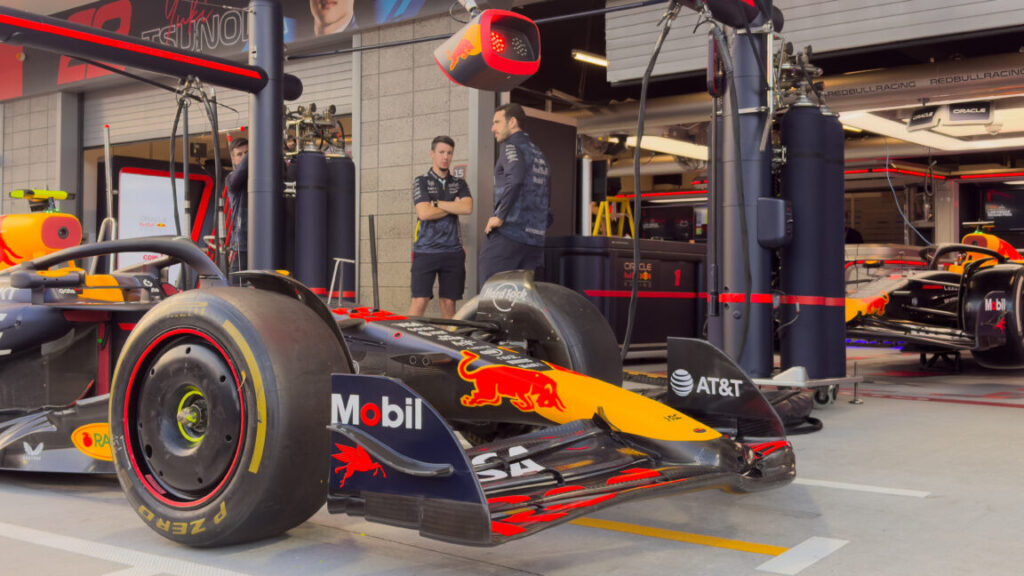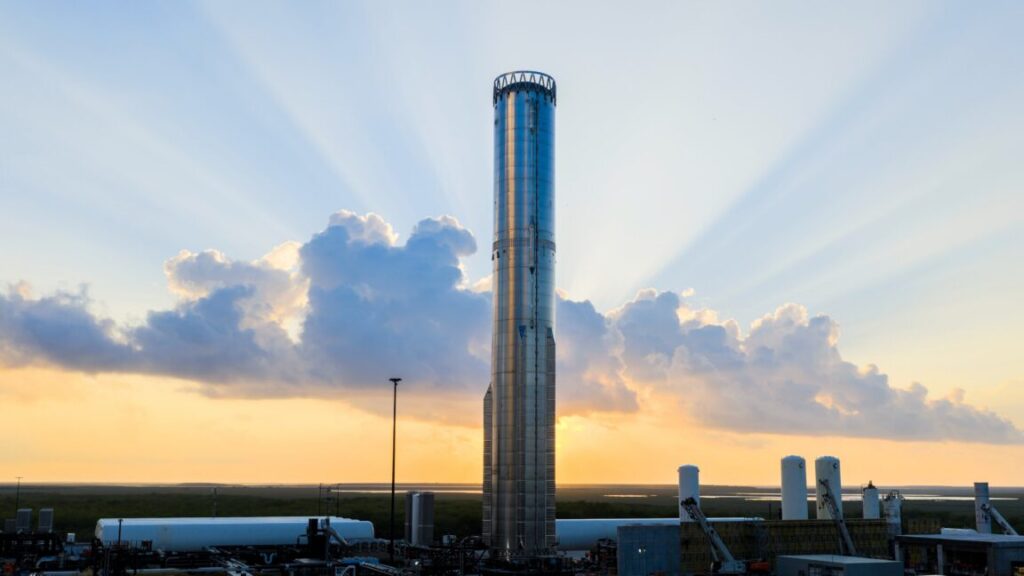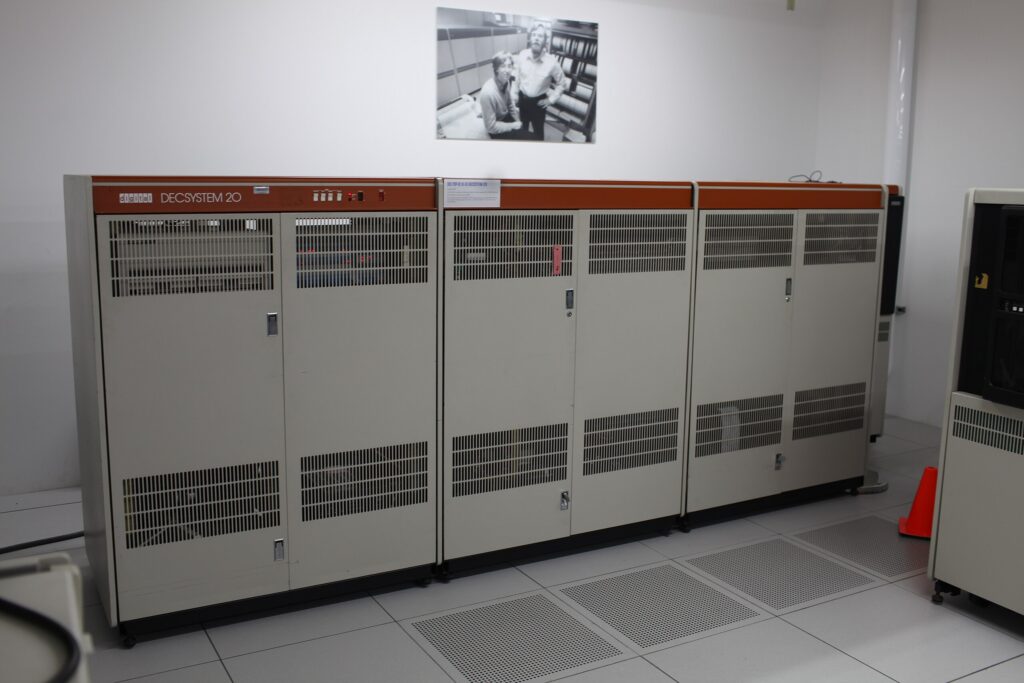Without evidence, RFK Jr.’s vaccine panel tosses hep B vaccine recommendation
Retsef Levi, an operations management expert and ACIP member who expressed strong anti-vaccine views, said, “I think that the intention behind this [recommendation change is] that parents should carefully think about whether they want to take the risk of giving another vaccine to their child, and many of them might decide that they want to wait far more than two months, maybe years and maybe up to adulthood.”
In the discussion before the vote, Meissner described the motivation as “baseless skepticism.”
With a second vote, the panel created a new recommendation that parents and health care providers should consider testing a child’s antibody levels after each dose of the three-dose hepatitis B series. The recommendation suggests that if a baby’s antibody levels reach a certain threshold, they can forgo completing the series.
CDC subject matter experts, medical organizations, and members of the committee pointed out that there is no data to support this recommendation. Vaccine efficacy data is based on the entire three-dose series, and antibody levels are not sufficient to presume the same level of lifelong protection.
This vote “is kind of making things up,” Meissner said in frustration. “I mean, it’s like Never Never Land.”
There was no data or discussion on the administrative burden or clinical feasibility of testing the antibody levels of a baby after each dose.
The panel approved the recommendation on antibody testing in a vote of 6–4, with one abstention.
Medical experts were quick to condemn today’s votes. Sandra Adamson Fryhofer, a board member of the American Medical Association, said the vote is “reckless and undermines decades of public confidence in a proven, lifesaving vaccine.”
“Today’s action is not based on scientific evidence, disregards data supporting the effectiveness of the Hepatitis B vaccine, and creates confusion for parents about how best to protect their newborns,” Fryhofer said in a statement.
Without evidence, RFK Jr.’s vaccine panel tosses hep B vaccine recommendation Read More »



